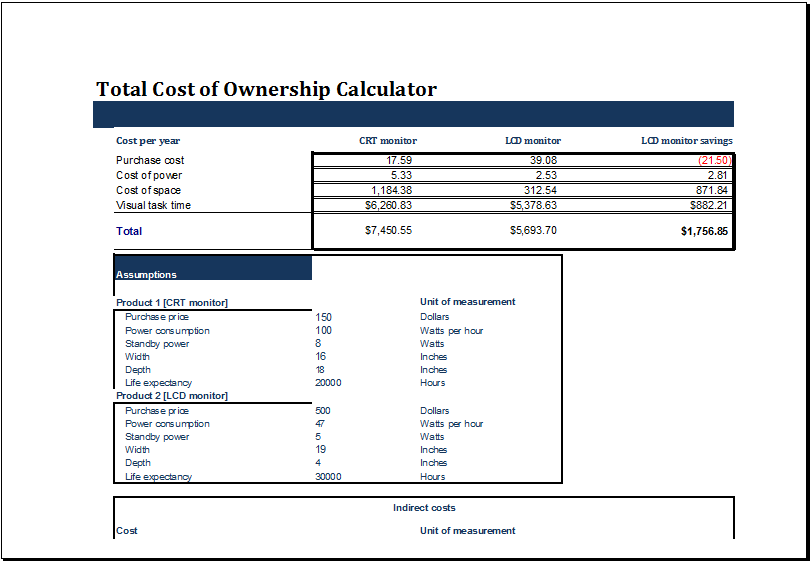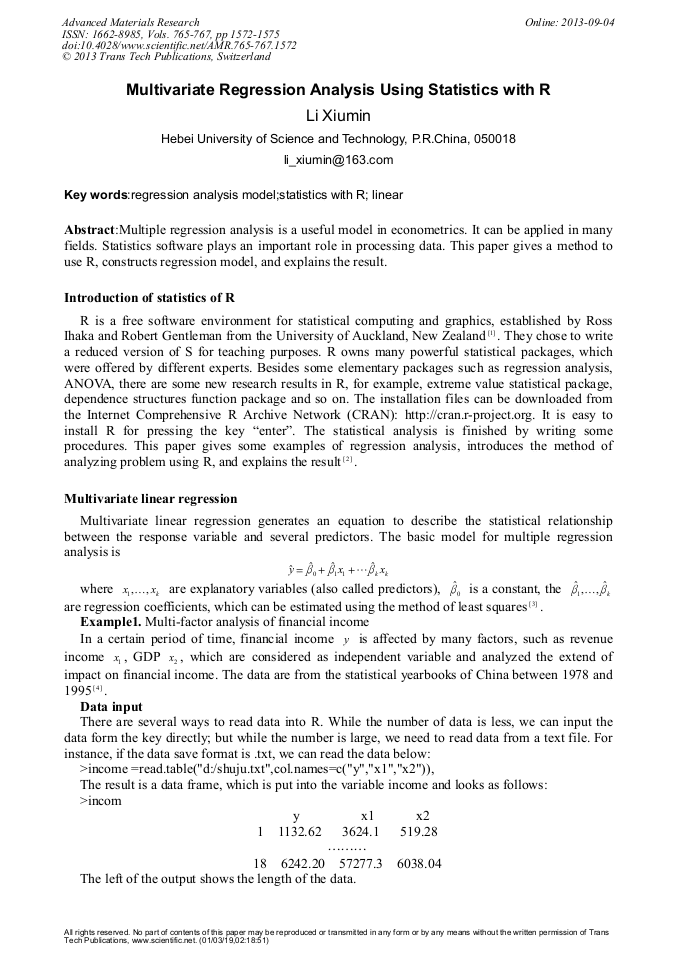

Although rising global integration does benefit India as it enables the nation to expand the scope and scale of growth of its economy, at the same time, it also exposes India to global shocks. Therefore, maintaining financial stability has become a vital mandate for RBI. In turn, this has arisen the requirement for effective coordination and consultation with other regulators within India and abroad. RBI’s developmental role includes creating institutions to build financial infrastructure, ensuring credit to the productive sector of the economy, and expanding access to affordable financial systems.
This helps banks in their fund management as they can access information on their balances maintained across different DADs from a single location. The Reserve Bank of India is the apex financial institution of the country’s financial system entrusted with the task of control, supervision, promotion, development and planning. RBI is the queen bee of the Indian financial system which influences the commercial banks’ management in more than one way. The usage of paper-based instruments such as demand drafts and cheques accounts for nearly 60% of the volume of total non-cash transactions. However, these forms of payments have now been steadily decreasing due to the inventions of electronic modes of payments that are gaining popularity because they provide comparative convenience, safety, and overall efficiency. During the last few decades and in today’s time, we have noticed the growing integration of the national economy and financial system with the globalising world.
Interesting Facts About Reserve Bank of India (RBI)
It has the power to give license to new banks which are going to open or to new branches to be established. The Reserve Bank of India issued its first currency notes in January 1938 in denomination of Rs.5 and Rs.10 and later denomination of Rs.100, Rs.1000 and Rs.10000 in the same year were issued. Reserve Bank of India Act, 1934 is the legislative act by which the Reserve Bank of India was formed. The central office of the reserve bank was established in Calcutta but later it was permanently moved to Mumbai in year 1937. Role and functions of the RBI in relation to regulation & supervision of co-operative banksRegulation and supervision of urban co-operative banks is another area the RBI has been entrusted with. Banking Regulation & Supervision function of RBIThe power to regulate and supervise banks has been provided to RBI under the provisions of Banking Regulation Act, 1949.
RBI can specifically instruct banks not to give loans to traders of certain commodities. This prevents speculations/ hoarding of commodities using money borrowed from banks. In fact these are the credit control measures adopted by Reserve Bank of India, which form GD Discussion and also source of GK questions in entrance exams including MBA entrance tests. Section 47 a gives power to RBI to impose penalty in case of default by any banking company.
They are the key governing body that ensures the boom and bust cycle of the economy and financial markets does not hamper the direction of the country’s economy. Its central bank ensures the steady and stable growth of the economy of a country. As per law, commercial banks need to keep a reserve that is equal to a certain percentage of the NDTL .
Thus, it becomes the lender of the last resort for all banks when they are in a crisis situation. RBI helps them by lending money, although at higher RoI, to sail through the tide of financial difficulties. The central bank of India, RBI is also regarded as a bank of banks owing to the functions of RBI. It was established on April 1, 1935, under the Reserve Bank of India Act, 1934.
How does RBI control the functioning of other banks why it is important?
i The Reserve Bank of India supervises the functioning of formal sources of loans. ii The RBI monitors the banks in actually maintaining cash balance. iii The RBI sees that the banks give loans not just to profit making businesses and traders but also to small cultivators small-scale industries to small borrowers etc.
If a bank has surplus money, they can park this excess liquidity with RBI and central bank will pay interest on this. Like individuals, firms and companies who need a bank to carry out their financial transactions effectively & efficiently, Governments also need a bank to carry out their financial transactions. As a banker to the GoI, RBI maintains its accounts, receive in and make payments out of these accounts. RBI also helps GoI to raise money from public via issuing bonds and government approved securities. Section 10bb provides power to reserve bank to appoint chairman of the board of directors appointed on a whole time basis or managing director of any banking company.
Banker’s Bank
The job of promoting, circulating and redemption of the currency notes was entrusted to Mint Masters, Accountant General and the Controller of Currency. The issue function of bank notes is performed by the Issue Department, which is separated and kept wholly distinct from Banking Department. The RBI, on the recommendation of the Central Board, may issue ‘currency notes’ of the Government of India. All of the provisions of the RBI Act shall apply to ‘currency notes’ as they apply to ‘bank notes’ issued by the RBI.
- It facilitates external trade and payment and promotes orderly development and maintenance of foreign exchange market in India.
- Moreover, the Reserve Bank Governor and a max of four Deputy Governors are ex officio Directors on the Central Board as well.
- However, on recommendation of the Central Board, the Central Government may declare any series of bank notes of any denomination as not to be a legal tender.
- The RBI performs a wide range of promotional functions to support national objectives.
- The RBI has power to issue licenses, control and supervise commercial banks under the RBI Act, 1934 and the Banking Regulation Act, 1949.
As SLR rises the banks will be restricted to pump money in the economy, thereby contributing towards a decrease in money supply. The reverse case happens if there is a fall in SLR, it increases the money supply in the economy.Currently, SLR is 19.5%. The part of RBI in the economy of India has altered as per the situation in the country.
In India, the paper currency was first issued during British East India Company rule. The first paper notes were issued by the private banks such as Bank of Hindustan and the presidency banks during late 18th century. With the introduction of the Paper Currency Act, 1861, the British Government of India was conferred the monopoly to issue paper notes in India.
Establishment of Reserve Bank of India
Initiating as a private shareholders’ bank, it was in 1949 the RBI was nationalised, and then it assumed the responsibility to meet the aspirations of a newly independent nation and its people. RBI’s nationalisation strived to achieve coordination between the policies of the government and those of the central bank. In this blog, Fintra aims to demystify RBI by providing basic details regarding the Reserve Bank’s operations and the multifaceted nature of its functions. main function of rbi The blog highlights how the Reserve Bank’s decisions touch the daily lives of all Indians and help plan out India’s economic and financial course. The Reserve Bank of India has a credit policy which aims at pursuing higher growth with price stability. Higher economic growth means to produce more quantity of goods and services in different sectors of an economy; Price stability however does not mean no change in the general price level but to control the inflation.

May depute its one or more officer to be heard the meeting of directors of banking company. Section 45MC talks about power of bank to file winding up petition. Section 45C talks about power to call for returns containing credit information.
Various Departments and their Functions:
Erosion of statutory powers of the central bank through piece-meal legislative amendments that directly or indirectly eat at separation of the central bank from the government. It facilitates external trade and payment and promotes orderly development and maintenance of foreign exchange market in India. For example – if we assume that economy is showing inflationary trends & RBI wants to control this situation by adjusting SLR & CRR.
What is the role and functions of RBI Mcq?
The Reserve Bank of India, as the central bank of the country, functions as the sole bank with the right of issuing paper notes, it acts as banker to the Government, it is the banker to other bank and it regulates the flow of credit.
RBI is authorized to issue various guidelines for bank directors and has the power to appoint additional directors to the board of a banking company. RBI is a common banker for the different banks that enables the settlement of interbank transfers of funds. The legal provision regarding the management of foreign exchange reserves is mentioned in RBI Act 1934. So now, the RBI is responsible to oversee the foreign exchange market in India.
The Main Functions and Objectives of The Reserve Bank of India (RBI)
From issuing currency note to maintaining monetary stability in the country is one of the reserve bank’s roles. Repo or repurchase rate acts as the benchmark interest rate at which the RBI lends funds to all other banks for a short term. As the repo rate increases, borrowing from RBI tends to become more expensive; hence, customers or the public bears the outcome of high-interest rates. It is responsible for the printing of currency notes and managing the supply of money in the Indian economy. The central bank is the heart of the monetary system of any country. A country’s economy is influenced heavily by the actions taken by its central bank.

The Reserve Bank of India was a private share holder’s company initially, which later was nationalized in 1949. Affairs of RBI are governed by the Central Board of Directors which is appointed by the Government of India. Since, after becoming the central bank of India, the Reserve Bank of India had played an important role in the economic development and monetary stability in the country. The Reserve Bank of India was established in the year 1935 according to the Reserve Bank of India Act, 1934.
The meaning of central bank is a financial institution that has the privilege of producing and distributing money for a country or a group of countries. The central bank, in the modern economy, is also responsible for regulating member banks and formulating monetary policies. This article will acquaint you with the importance of the central bank with a focus on the functions of the central bank of India.
Which RBI function is most important?
The most important function of RBI is to issue the currency and to undertake credit control measures.
